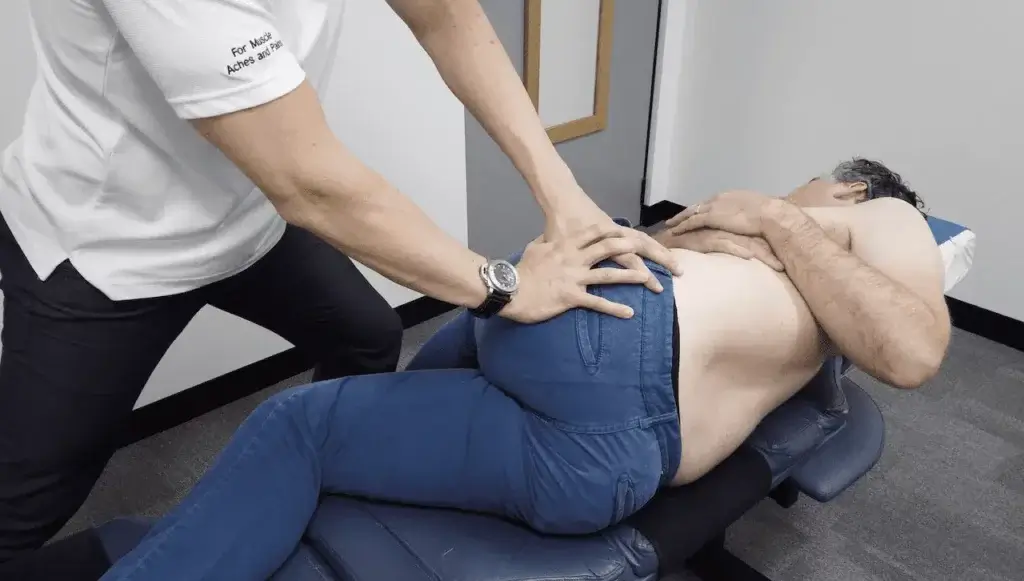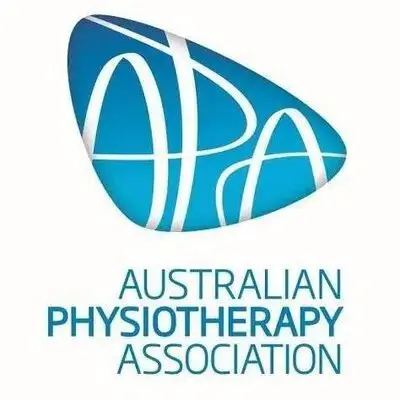A state of the art soft tissue system/movement-based massage technique that treats problems with muscles, tendons, ligaments, fascia and nerves
Every ART session is a combination of examination and treatment. The ART provider uses his or her hands to evaluate the texture, tightness and movement of muscles, fascia, tendons, ligaments and nerves. Injured tissues are treated by combining precisely directed tension with very specific patient movements.
These treatment protocols – over 500 specific moves – are unique to ART. They allow providers to identify and correct the specific problems that are affecting each individual patient. Headaches, back pain, carpal tunnel syndrome, shin splints, shoulder pain, sciatica, plantar fasciitis, knee problems, and tennis elbow are just a few of the many conditions that can be resolved quickly and permanently with ART. These conditions all have one important thing in common: they are often a result of overused muscles.
Overused muscles ultimately produce tough, dense scar tissue
This scar tissue binds up and ties down tissues that need to move freely. As scar tissue builds up, muscles become shorter and weaker, tension on tendons causes tendonitis, and nerves can become trapped. This can cause reduced range of motion, loss of strength, and pain. If a nerve is trapped you may also feel tingling, numbness, and weakness.
Practising ART gives a therapist the confidence to undertake any musculoskeletal problem. The treatment is a mix of stretching and massage rolled into one modality, and is as much diagnostic as it is therapeutic. People can expect favourable changes in the first session. If not, it directs the therapist to use another treatment modality or refer a patient onwards, thus never wasting their time nor money.
– Tom Cartwright

Why Choose The Physicaltherapy Centre in North Sydney?
At The Physicaltherapy Centre, our dedicated team of professional chiropractors fully understand the complexity of the body’s muscle and tissue system. For every patient who walks through our door, we offer:
- Qualified and experienced team of chiropractors and physiotherapists
- Customised ART treatments tailored to your specific needs
- Clinically proven methodologies to ensure safe and effective results
- A holistic and patient-centred approach to your health and wellbeing
- Expert guidance and support throughout your healing journey
Pioneers in ART Therapy in North Sydney
The Physicaltherapy Centre stands as a trusted health partner in North Sydney. Our primary goal is to help our patients regain their optimal health through innovative, non-invasive therapies like ART.
Revolutionise Your Recovery Process Today
Don’t stay mired in stress, pain, or immobility when relief is simply a phone call away. Reach out to us and take the first step towards a pain-free life through ART.




